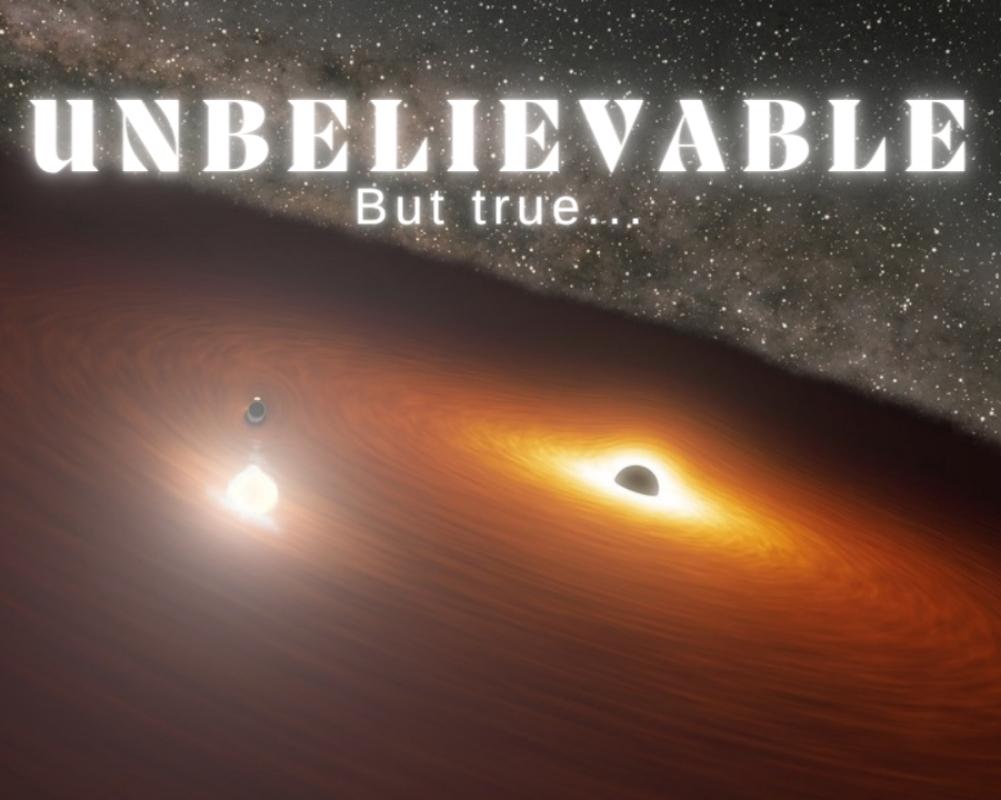Weirdest Thing In The Universe.
About 3.5 Billion Light Years away there is a Galaxy named " OJ 287 ".
In the Center of The Galaxy OJ 287 there are Two Active Supermassive Black Holes at the core of distant Galaxy OJ 287 orbiting each other as Orbital Dance.
The larger one with about 18 Billion times the mass of our sun, would encompass all the Planets in The Solar System with room to spare.
And the smaller one is about 150 Million times the Mass of our Sun, which would be Large enough to Swallow up Everything out to the Asteroid Belt Just inside the Orbit of Jupiter.
7
322 reads
CURATED FROM
IDEAS CURATED BY
The Techers' is all about Health,Technology, Space & Science. We provide you to Health news & facts, Space news & facts, Tech tips,Security tips,Tech news,Science news, Current affairs and many more. Stay with us...Thank you.
OJ 287
“
The idea is part of this collection:
Learn more about leadershipandmanagement with this collection
Seeking support from others
Identifying the symptoms of burnout
Learning to say no
Related collections
Similar ideas to Weirdest Thing In The Universe.
time for a black hole to dissapear
A black hole the mass of our sun has a lifetime of 10^67 years. Which means that it would take:
- 10,000 billion, billion, billion, billion, billion, billion years, to lose 0.0000001% of its mass.
- But most black holes are way more massive than our s...
Could a black hole destroy earth?
Black holes do not go around in space eating stars, moons and planets. Earth will not fall into a black hole because no black hole is close enough to the solar system for Earth to do that.
Even if a black hole the same mass as the sun were to take the place of the sun, Earth still would no...
Exploration
Nine spacecrafts have studied jupiter up close. NASA'S Juno spacecraft is currently studying the gas giant planet from orbit
The spacecraft, which arrived at Jupiter in July 2016, is the first to study the planet's mysterious, cloud-shrouded interior. Scientists also use the Earth-orbiting...
Read & Learn
20x Faster
without
deepstash
with
deepstash
with
deepstash
Personalized microlearning
—
100+ Learning Journeys
—
Access to 200,000+ ideas
—
Access to the mobile app
—
Unlimited idea saving
—
—
Unlimited history
—
—
Unlimited listening to ideas
—
—
Downloading & offline access
—
—
Supercharge your mind with one idea per day
Enter your email and spend 1 minute every day to learn something new.
I agree to receive email updates



